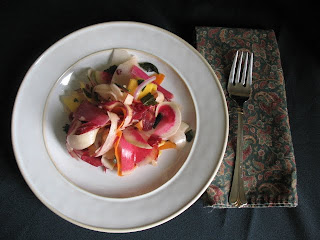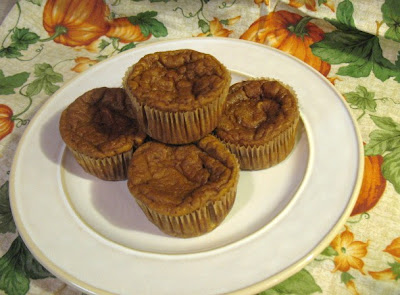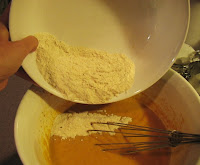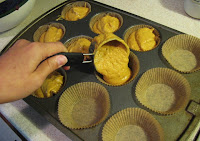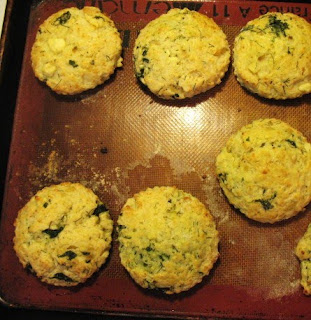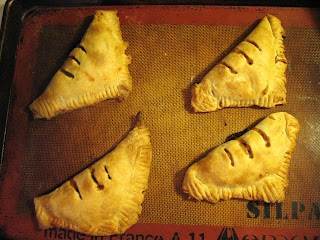
While I’ll never show disrespect for a fun-size candy bar, I think it’s time to make a homemade treat for all the part-time devils, ghouls, zombies and Snookis roaming around this time of year. I actually love to make candy, so when the cheerfully messy part of my brain said, “Let’s make a batch of Mom’s caramel corn for Halloween,” the less motivated part went along with surprisingly little reluctance. (I guess I’m going as multiple personality disorder for Halloween.)
While I know I was hanging around the kitchen when Mom was making this caramel corn, I don’t think I ever participated in the process. In fact, as good of a cook as my mom is, I learned very little cooking from her. (She said I wasn’t interested. Whatever!) Most of what I remember learning in my parents’ kitchen I learned from Dad, who doesn’t cook. He taught me how to make eggs over easy, a jug of Kool Aid, and popcorn.

There wasn’t a fancy popcorn popper in our house. Dad made popcorn on the stove in a warped and battered kettle that had started its life as the bottom of a double boiler. He would heat the popcorn (just enough to cover the bottom of the kettle) in vegetable oil (just enough to cover the bottom of the kettle), shaking it gently until one or two of the kernels popped. He then put on the copper-colored lid and shook that kettle so vigorously that tiny sparks flickered between its lumpy, blackened bottom and the burner.
Things would get exciting if the popcorn would start to overachieve and he had to hold the lid on to keep the pot from overflowing. The popped corn would then get dumped into a big, white Tupperware bowl. If no one was on a diet (which was rare), a couple tablespoons of margarine would go into the still-hot kettle to melt and then get poured over the popcorn. Dad would apply salt, holding the shaker about two and a half feet above the bowl (so he could see the grains better as they sprinkled down) and stir it all with a butter knife, holding one big hand over the top of the popcorn to keep it from jumping out of the bowl. Our family of four would then gather around the bowl, usually on the living room floor, and watch network television.
Yes, Dad is the stuff when it comes to homemade popcorn. But this isn’t a treatise on popcorn. As important as good, well-popped corn is to this recipe, it’s really all about the sweet, buttery caramel coating. Brown sugar, butter (mom used margarine, but I never buy that anymore), dark corn syrup, and a bit of salt are boiled together, then joined by baking soda and a splash of vanilla. Baking soda is an important addition to hard candies that you want to be able to chew without breaking teeth. I use it to make perfectly crunchy peanut brittle as well.

The hot caramel syrup is poured over popcorn, which is something best done very carefully, since this is very hot stuff. An apron might not be enough protection. You’re best armed with a bit of strength and coordination as well. I wouldn’t even mock you if you wore safety goggles. Anyway, the coated corn is baked in a low oven, and when it cools, which, thankfully, doesn’t take very long, it is a sweet and crunchy treat that you’ll have to break down and share because the batch is so huge.

I don’t know why this stuff is so good… What am I saying? It’s popcorn slathered in butter and sugar. What could not be good about that? It’s buttery and sweet, with a bit of darkness from the molasses in the brown sugar and dark corn syrup. If you use the right amount of popcorn, the coating is light and crispy, just right for fluffy, fresh popcorn.
This caramel corn is good. Really good. Really, really good. I’m thinking there are plenty of ghosts, monsters and aliens, princesses, cartoon characters and “reality” TV stars, and even a naughty nurse or two who would gladly exchange even the nastiest tricks for this delicious treat.

Caramel Corn
Recipe courtesy of my mom.
½ pound (2 sticks) butter
2 cups (about 500 ml) brown sugar
1 (5 ml) teaspoon salt
1 cup (about 250 ml) dark corn syrup (such as Karo brand)
1 teaspoon (5 ml) baking soda
1 teaspoon (5 ml) vanilla extract
6 quarts (about 6 liters) plain popped popcorn
1. Preheat oven to 200 F (about 95 C). Place the popcorn in a very large bowl with enough room to stir the popcorn. If you don’t have a large enough bowl (I don’t) divide the popcorn between two or more bowls. Set aside. Line two large rimmed baking sheets with aluminum foil. Cover the bottom and the rims with the foil. Spay the foil with nonstick cooking spray or brush evenly with vegetable oil. Set aside.
2. Combine the butter, brown sugar, salt and dark corn syrup in a medium size saucepan. Cook over medium heat, stirring occasionally as the butter melts. Bring to a full boil.

3. Boil for 5 minutes (no need to stir). Reduce the heat or remove the pan from the burner if the caramel threatens to boil over.
4. Remove from the heat and stir in the baking soda until completely blended.

Stir in the vanilla. The mixture may bubble vigorously when the vanilla is added, so be careful to avoid being splashed by the hot syrup.
5. Very carefully pour the hot caramel over the popcorn. Working quickly but carefully, stir to coat the popcorn as evenly as possible.

6. Transfer the coated popcorn to the prepared baking sheets. Place the sheets on racks in the upper third and lower third of the oven. Bake at 200 F (95 C) for 30 minutes, stirring and turning the caramel corn occasionally. Switch the positions of the pans, putting the one on the lower rack on the upper rack and vice versa. Continue baking for 30 minutes, stirring occasionally.
7. Remove from the oven and stir one more time. Cool in the pan on wire racks. Serve or transfer to an airtight container where it will keep for several days (but it will probably be eaten before then.)
Makes a generous 6 quarts (6 liters), or anywhere from 1 to 20 servings.
Another candy treat: Bittersweet Almond Amaretto Truffles
One year ago: Roasted Vegetables



















